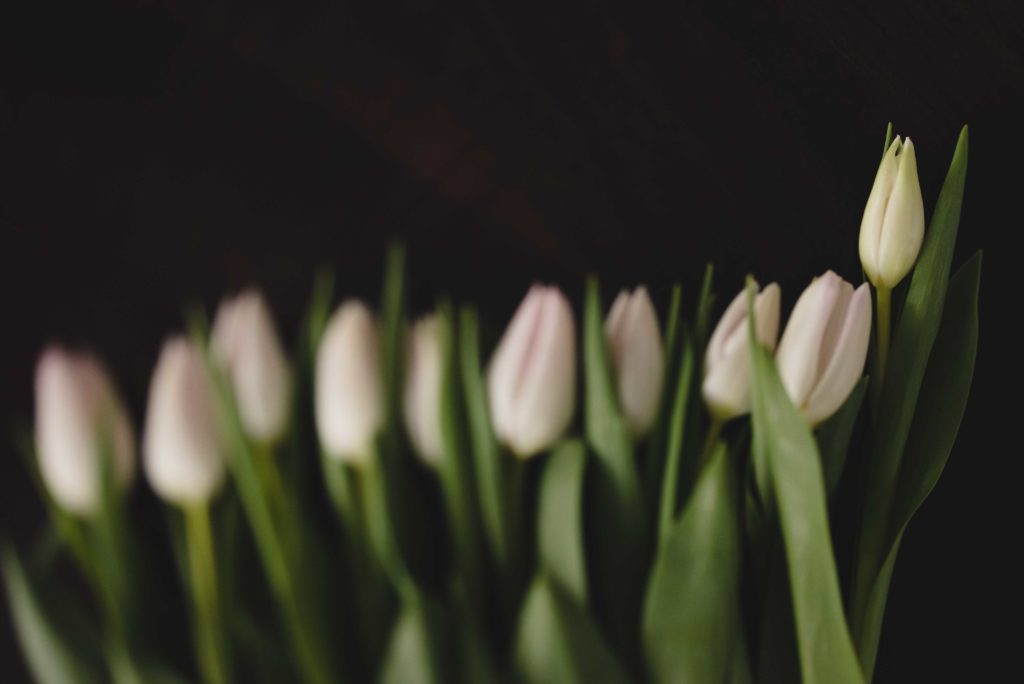So you’re in the process of choosing new photography gear. How do you make sure that you purchase the best piece of equipment possible, and that you’ll fall in love with using it?
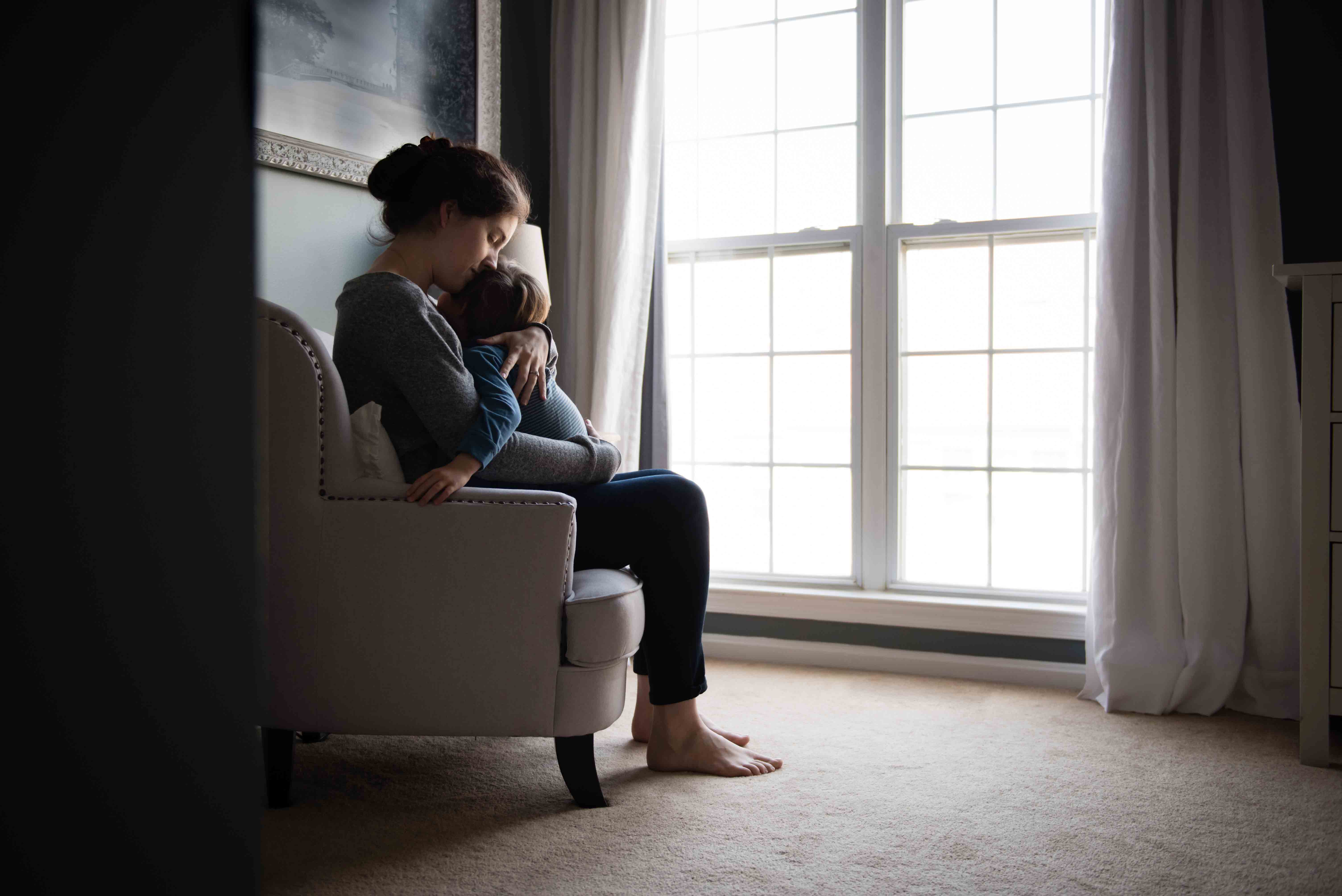
Choosing New Photography Gear: Know Why You Need It
New gear is fun. The rush of buying it. The bliss of using it the first few times. However, that first blush of new equipment love can wear off pretty quickly, and if there isn’t a solid reason for you to have that new lens, or camera body, regret can set it.
Before you start shopping, figure out your why. Why do you need a new lens? Is it due to a problem that could be solved by researching how to solve the issue with light use, or shooting technique, or? Is your current equipment limiting you? How? Is there any way to make your current equipment fit your needs?
After you honestly work through your thoughts and feelings you’ll have a solid basis from which to make a purchasing decision. The chance for regret will be greatly diminished.
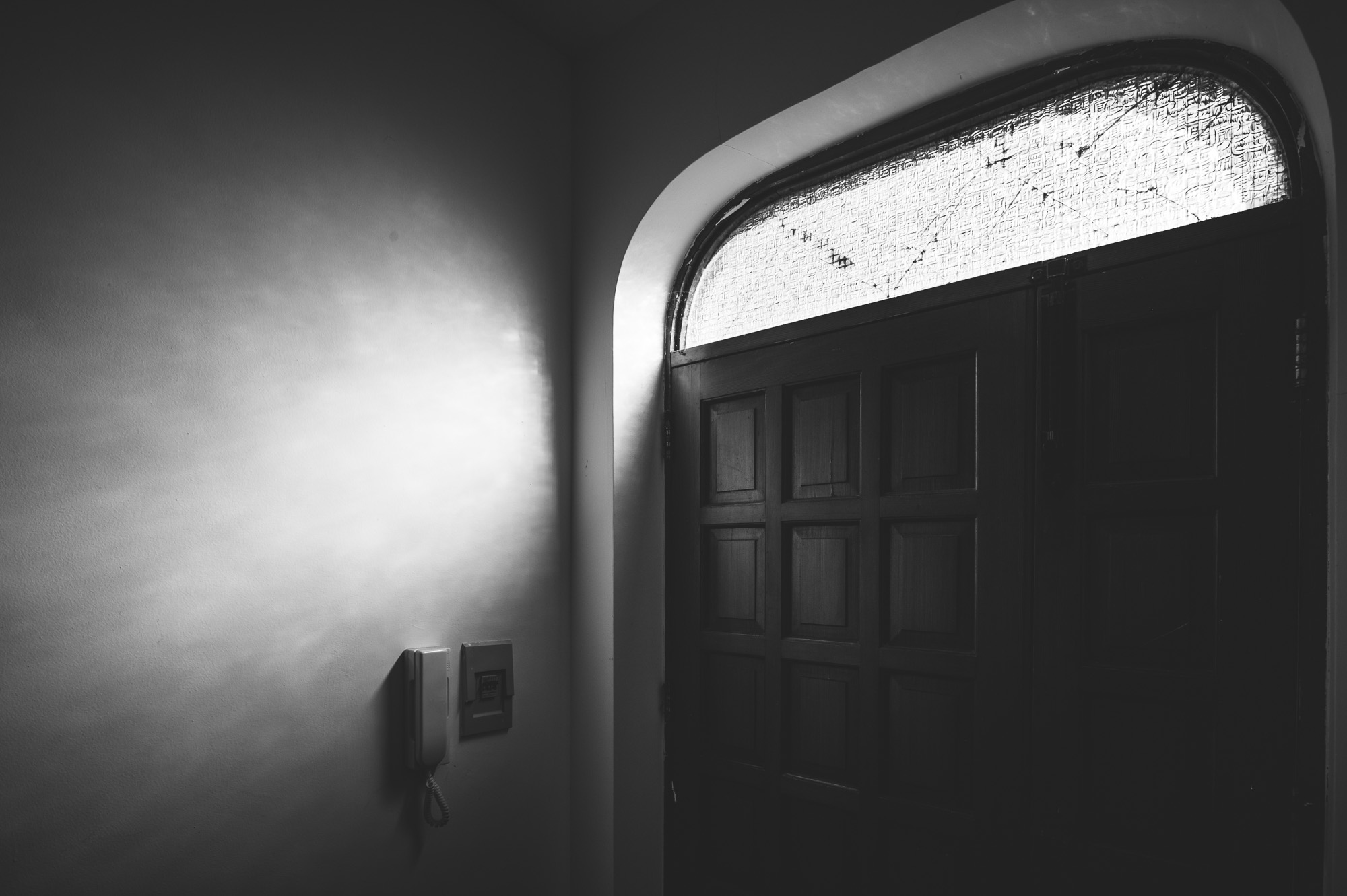
Choosing New Photography Gear: Do Your Research
Let’s say that you need to buy a new camera body. Sometimes, a photographer is brand loyal and knows that they simply need to upgrade to the newest version. Simple, easy, decision made. Other people will have less certainty as they start the purchase experience.
If you’re in the second group, it can be tempting to look at the “About” page on your favorite photographer’s page and set out to buy what they shoot with. While this might work out, a better approach is to go back to what you learned from your analysis of why you need a new piece of gear. Do you need improved low light capability? More frames per second? A smaller sized body for travel? Read reviews from a variety of sources and spend some time browsing Google Images and Flickr to find images tagged with the gear you’re considering purchasing.
Choosing New Photography Gear: Price Shop Smartly
Not all sites that sell photography gear are created equal. If you spend time reading online photography forums you’ll undoubtedly run across sad stories of users purchasing from a shady site and ending up with no gear, damaged gear or an untenable return situation. Sticking with the major sites (B&H, Adorama, Amazon – particularly if the order is fulfilled by Amazon-, directly from the gear manufacturer) or buying from a local camera shop will generally ensure that you will receive the gear you paid for and ensure an acceptable customer service experience.
Try to avoid that ‘too good to be true’ deal, as it is very easy to end up with a grey-market item that won’t be supported by warranty for repairs, or by friendly customer service during the purchase period. I have purchased new gear via eBay, and from a small, relatively un-reviewed, online camera shop without issue, but I knew I was rolling the dice. Go into any purchasing situation with your eyes open.
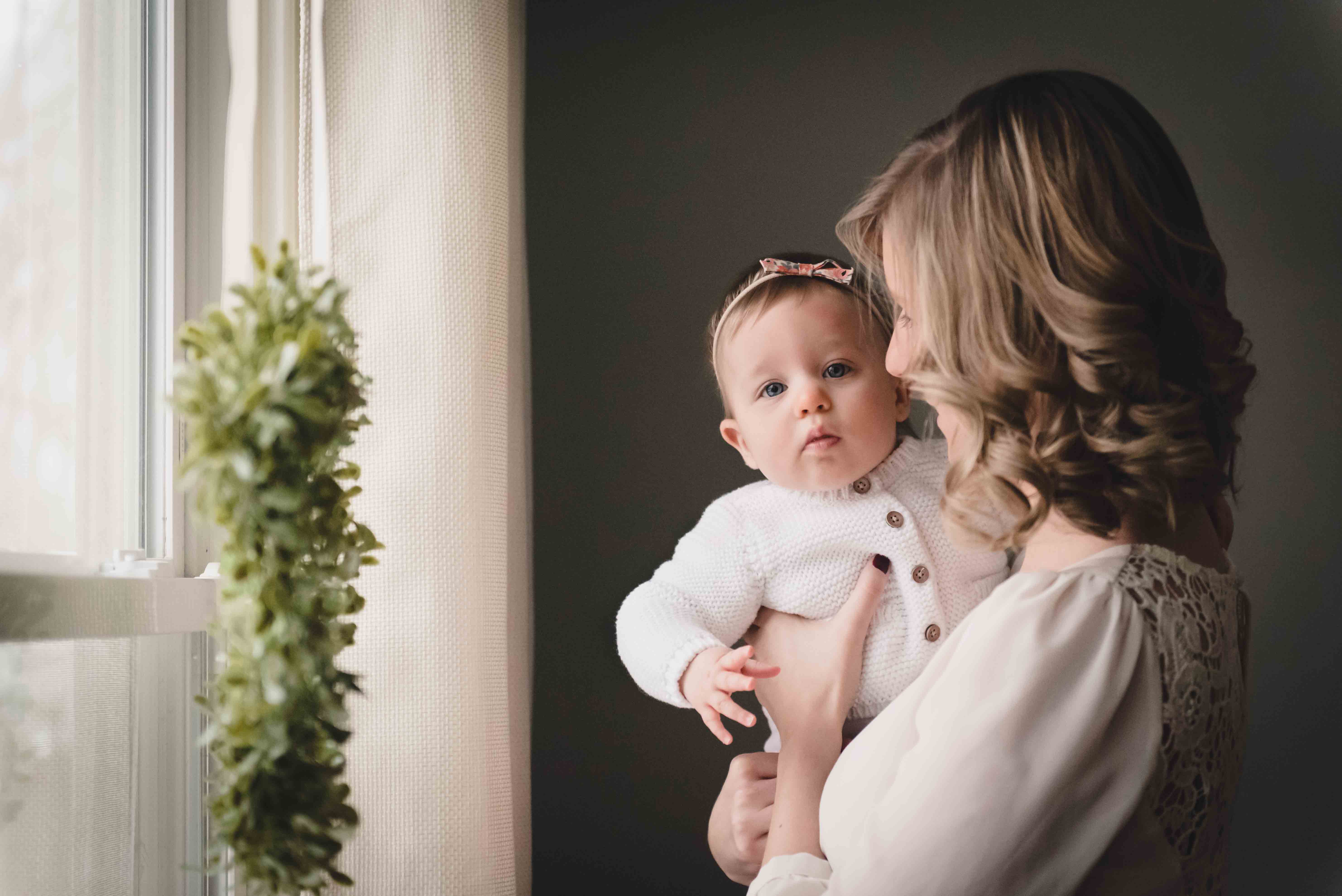
Choosing New Photography Gear: Consider Buying Used
Used gear can be a very good option if you’re shopping on a budget or like the idea of helping to reduce the wastefulness of a consumer society. Purchasing from an acquaintance in your area or one from an online forum, KEH, eBay (with super solid reviews!), or refurbished from the manufacturer are all good options. I’ve had great experiences with my used gear, especially film photography equipment.
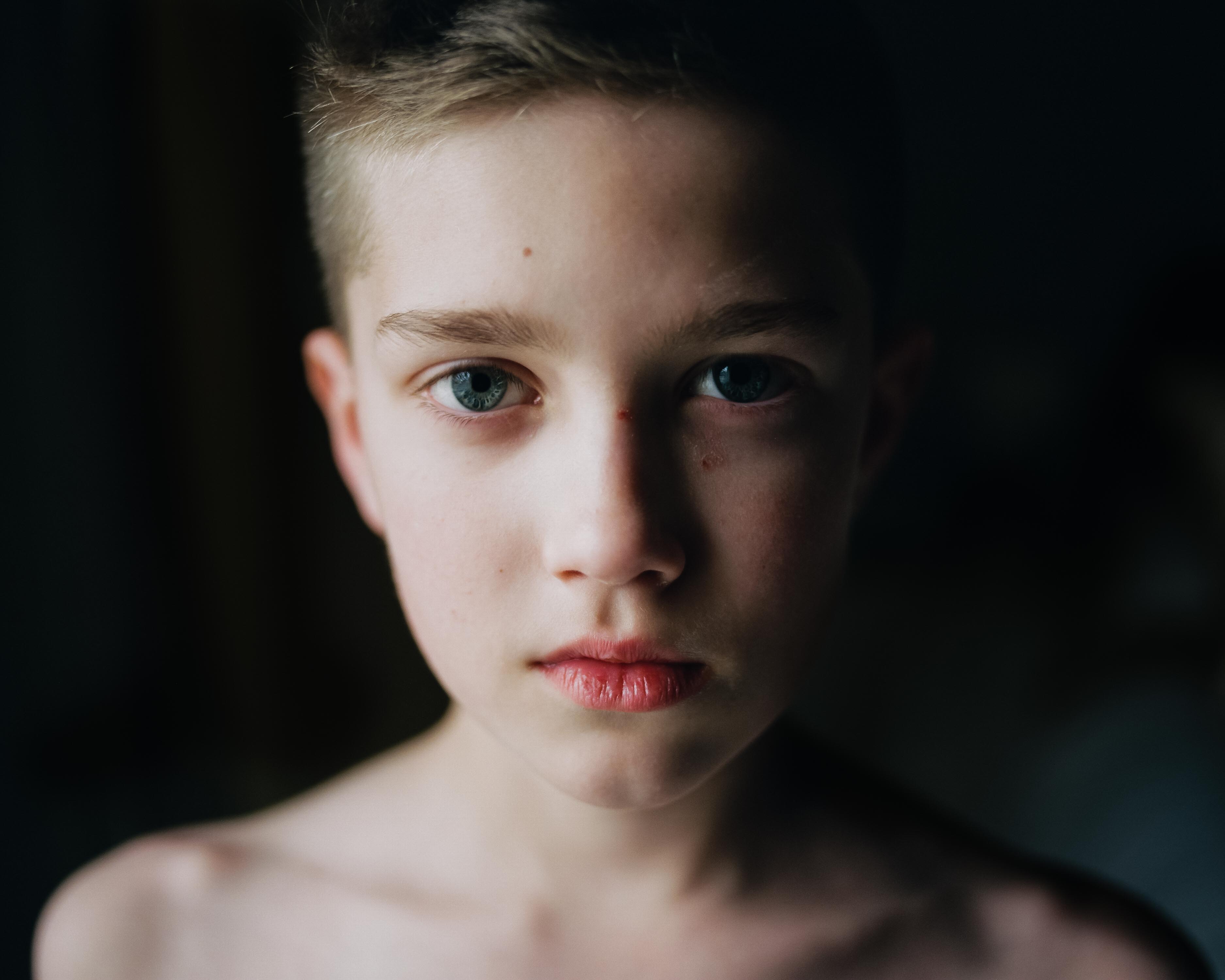
Choosing New Photography Gear: Commit to Learning the New Item
You’ve carefully considered why you need new gear, researched the perfect item and thoughtfully purchased it. Congratulations! It’s in your hands, now what? Shoot with it. A lot. It will take many hours of use for you to create the muscle memory to easily manipulate the controls on a new camera body, or learn the quirks and personality of a new lens, or figure out how best to set up and position a new lighting system. If you don’t commit to the time it takes to learn the new gear, it is very likely that the purchase will inspire regret.
You can either commit to a formal project (something like a Project 52- using the new item for at least one picture/session per week) or more casually, just shoot a lot. For example, I generally like to leave a new lens on my camera for at least two weeks, full time, after I first get it. Doing so pushes me to use the lens in creative ways and teaches me about working with it’s limitations.
Enjoy that new piece of gear!
Pin It
